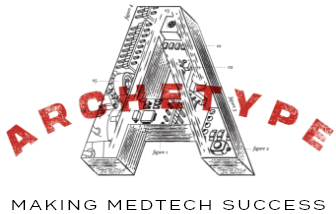The ‘Shift-left’ Question
‘Shift-left’ in product innovation
The concept of ‘shift-left’ is at the forefront of product innovation discussions and is also gaining traction in the medical device industry. But what is it – and what are the unique opportunities and challenges it presents in our industry?
The shift-left concept comes from a development timeline typically visualised from left to right. The further "left" you shift crucial tasks, that are usually later in the development cycle, the earlier they are introduced. This helps teams to identify and resolve issues sooner, potentially reducing the cost of fixing problems, improving quality, and shortening the time to market.
Opportunities
- Early Detection of Defects. This can make them easier and cheaper to resolve and therefore de-risk product development.
- Reduced Costs. Identifying design flaws or compliance risks early and fixing them prevents costly reworks, delays and regulatory rejection, that might arise if they are found later in the process.
- Faster Time to Market: Resolving issues early avoids late-stage bottlenecks, allowing for quicker and smoother product launches.
Challenges
- Increased upfront effort, which leads to…
- Higher initial costs – which can be a significant hurdle for smaller companies or startups.
- Cultural change. Shift-left requires a change in mindset for teams accustomed to traditional development cycles.
- Added complexity in early phases as multiple varied tasks happen earlier, which can overwhelm teams.
- Over-testing or redundant testing can occur if the process isn't well-defined. This can conflict with lean innovation approaches.
- Complex product ecosystem. Medical devices often involve complex interdependencies with tasks, as well as considerations for risk, UE, biocompatibility, reliability, and durability. Shifting left therefore requires careful coordination of multiple disciplines.
So what does Archetype think?
Being upfront, we are not really proponents of shift-left. And here is why.
- Where the stage gates are and what tasks go into each phase are arbitrary decisions made by the organisation. However, the number of required tasks in a particular innovation project doesn’t change. To accommodate shift-left it has almost become change for change’s sake, with tasks that were initially in the development phases winding up in the front-end end phase.
- Having more tasks earlier in the project clearly consumes more resources (headcount and money), which leads to a higher resource constraint - unless certain tasks originally scheduled for the initial phase are postponed to later phases in order to balance the resources throughout the project. But then this is not a shift-left, it is just rearranging the tasks.
- In project management theory, the original intention of the stage gate was to reduce risk by levelling the cost commitment throughout the project - managers review the project at specific milestones to decide if they want to continue investing or kill the project. Shift-left bypasses the purpose of the stage gate process.
- If shift left is being used to reduce project time, then only the tasks that are on the critical path need their duration reduced as these are the tasks that affect the overall project timeline; all others can float around and be fitted in when resources are available. To solve this, the dependencies need to be broken, or if possible, additional resources could be added to reduce the task duration. Then this is just another term for ‘crashing a schedule’.
- What about the earn-value? If the project task is shifted left to the earlier stages, then the earned would be significant in the early stages; for instance, “a project team earned 50% of value in stage one, and in the succeeding five stages, earned 10%”. So what is the point of trying to reduce risk - half the budget has already been spent?
For us it is all about defining project risk. People considering shift-left are thinking about execution and technology risks at the individual project level. From a programme portfolio perspective, the risk is using resources to execute one project that may be better assigned to another project. Throwing resources at Project A to shift left by ignoring the value of progressing Project B and C may not be in the best interests of the organisation.
So should we stick with stage gate?
We know a rigid stage gate is not right in 2024 but it remains a useful and understood tool in macro-planning and communicating progress in the development of physical products. In reality the gates are arbitrary events that experienced project managers tend to ‘manage up’.
If the tasks in the current stage gate are not reducing the risk correctly, then rearrange the tasks but try to keep the risk levelled throughout the process. Remember, the number of tasks doesn’t change, but in some cases the order can change as long as the dependencies are considered. E.g. a test to reduce risk can’t be conducted before the prototypes have been manufactured, and the prototypes can’t be manufactured until some level of design has been done. That’s just common sense.
Conclusion
Shift-left sounds like a great idea—faster to market, lower risk, and at the same cost! But in our view it is another project innovation fad.
Trying to implement the shift-left concept can actually have the opposite of the intended effect - distracting product innovation while the existing processes are changed and implemented.
Of course it is vital to review and improve processes, but it is also important to be super critical of the proposed change. Teams will always be faster with what they already know. Significant process changes can cause major delays!



